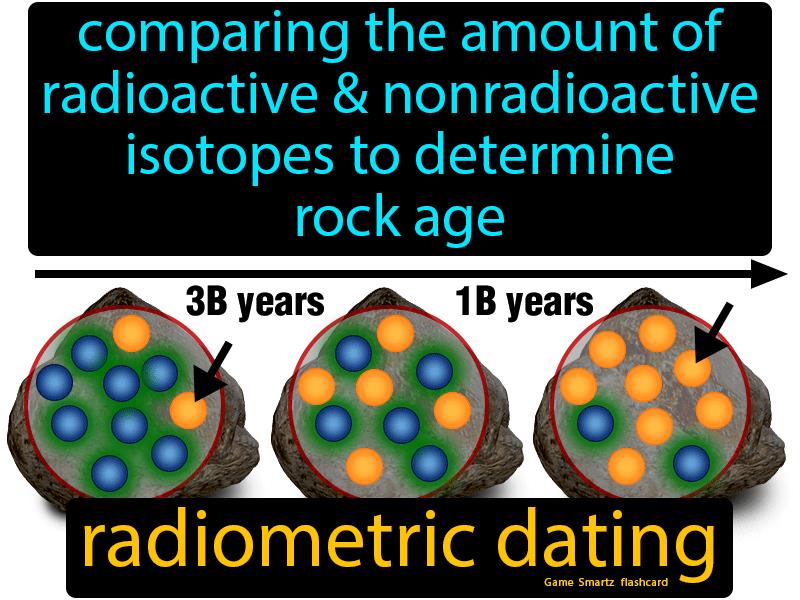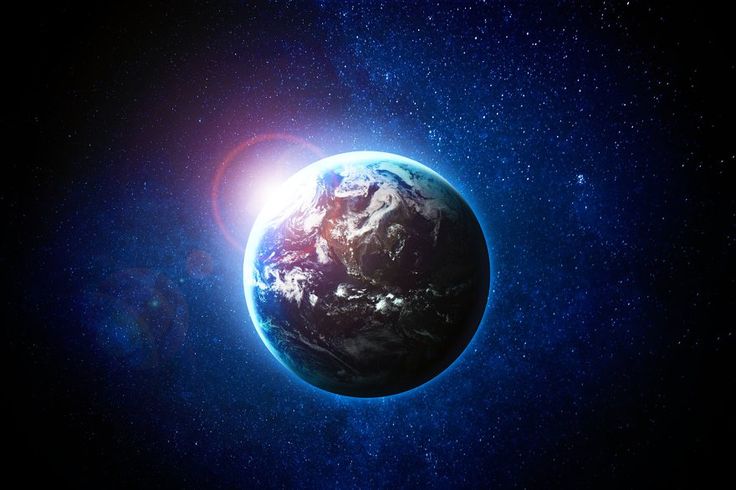Hello folks! today’s post will unveil the age of Earth. You will get to know how old is Earth, how scientists determine its age, and much more. Yes, you heard it right we are going to consider the planet Earth. It is the fifth largest terrestrial object in the Solar System. Moreover, Life on it has been molding and populating diverse ecosystems, which have progressively spread across the planet, giving rise to a comprehensive biosphere.
READ MORE- Coldest Place In The Universe
How Old Is Planet Earth?

VIA PINTEREST
Scientists have calculated that the Earth’s age is roughly 4.54 billion years. The difference between the age of the planet and the oldest rocks is difficult to determine. It is also difficult to determine the exact age of the oldest rocks on Earth, exposed at the surface.
In rocks containing radioactive isotopes, the phenomenon of radioactive decay produces unique elements as time passes. By gauging the amount of the stable outcome of this decay, along with information about the element’s initial concentration and its half-life, scientists can determine the rock’s age.
However, if the rock melts, which can occur in the Earth’s mantle, the nonradioactive end products usually disperse or get redistributed. Consequently, the age of the oldest known terrestrial rock provides a lower limit for Earth’s age, operating under the assumption that no rock has remained intact for a longer duration than Earth.
How Did Scientists Determine Its Age?
You might be thinking about how scientists be able to assume the age of Earth. Well, this determination relies on scientific proof and a variety of dating techniques, including the analysis of rocks and minerals through radiometric dating.

VIA PINTEREST
Radiometric dating is actually a method used to determine the age of materials like rocks or carbon. It relies on analyzing trace amounts of radioactive elements that were incorporated into the materials during their formation. According to the radiometric age dating in the early 20th century, the minerals are assumed to be billion years old.
Additionally, the oldest solid components within meteorites, called calcium-aluminum-rich inclusions, which were formed within the Solar System, are approx 4.567 billion years old. It sets a lower boundary for the Solar System’s age. This timespan could signify when the Earth’s accumulation or core creation took place, or when the substance that eventually formed Earth came together.
READ MORE- The Underwater Waterfall Will Thunderbolt Your Eyes
30 Amazing Facts About It

VIA PINTEREST
Do you want to know some amazing facts about our planet Earth? What are you waiting for? Here are 30 facts about it you might know.
1- Earth, positioned as the third planet from the Sun in our solar system. Its diameter is around 12,756 km.
2- Its internal structure includes three layers core, mantle, and crust.
3- It possesses a robust magnetic field. This field plays a crucial role in shielding the planet from powerful solar winds, averting their impact on it.
4- Earth’s shape is an oblate spheroid, slightly flattened at the poles and bulging at the equator.
5- The crust is the thinnest layer while the mantle is the thickest layer.
6- It resides in the Milky Way Galaxy in the universe. In fact, Milky Way contains the whole Solar System.
7- Moon is the only natural satellite of Earth. The gravitational attraction between Earth and the Moon causes tides.
8- The planet stands alone in our solar system as the only location where water can exist in all three states: solid, liquid, and gas.
9- Earth earned the nickname “Blue Planet” due to its bluish hue when observed from space.
10- It has an ozone layer that shields it from the Sun’s intense and damaging ultraviolet (UV) rays. However, ozone depletion is one of the environmental issues.
11- Unlike other planets like Saturn and Jupiter, Earth doesn’t possess rings.
12- Its crust divides into tectonic plates that shift and interact, leading to earthquakes and volcanoes.
13- The highest point on Earth is Mount Everest, towering at 8,849 meters (29,032 feet), above sea level.
14- The Hudson Bay region of Canada has less gravity than other parts of the world. It is quite mysterious why is it so. Maybe it’s because of a glacial rebound.
15- Its diameter from the North Pole to the South Pole is smaller than its diameter across the Equator.
16- The Earth’s core consists of two layers, an outer layer, and an inner layer. the outer and inner layers of the Earth’s Core consist mainly of Iron and Nickel.
17- Close to the Earth’s surface, objects experience a gravitational acceleration of around 9.8 m/s2 or 32 ft/s2.
18- Solar eclipses can exclusively occur on Earth within our Solar System.
19- The most remote place in the world is Point Nemo in the Pacific Ocean. It stands as the farthest point from any land.
20- Meteor showers occur when Earth encounters debris from comets, resulting in visible streaks of light in the sky.
21- Earth’s atmosphere has 5 layers including Troposphere, Stratosphere, Mesosphere, Thermosphere, and Exosphere.
22- In various cultures, Earth takes on a personified role, often seen as a deity. Many societies depict Earth as a mother goddess who holds significance as the primary fertility deity.
23- Earth’s rotation is slowly decelerating, but the change is incredibly gradual.
24- The lowest land point rests along the shore of the Dead Sea, situated around 413 meters (1355 feet) below sea level.
25- The changing seasons on Earth result from its tilt in relation to the Sun. Earth’s axis of rotation is inclined at an angle of 23.4 degrees compared to its orbit around the Sun.
26- Its largest artificial satellite is the International Space Station.
27- The largest coral reef in the world is the Great Barrier Reef, located in the Coral Sea, off the coast of Queensland, Australia. It consists of more than 2,900 distinct reefs and 900 islands. It indeed covers an area ranging from 133,000 to 344,400 sqkms.
28- It also holds the distinction of being the densest planet within our Solar System.
29- In our solar system, Earth is the sole planet that isn’t named after figures from Greek or Roman mythology.
30- As we venture away from Earth’s surface and into space, both pressure and density gradually decrease.
The post How Old Is Earth? Know 30 Amazing Facts About Earth appeared first on Siachen Studios.
------------------------
By: Shraddha Sisodiya
Title: How Old Is Earth? Know 30 Amazing Facts About Earth
Sourced From: siachenstudios.com/blog/how-old-is-earth/
Published Date: Mon, 21 Aug 2023 06:30:00 +0000
Read More
Did you miss our previous article...
https://edmmusic.news/artists/seedhe-maut-officially-drops-new-mixtape-lunch-break-listen-here
 FestivalsMusicNew ReleasesArtistsFashion & ClothingVideosPrivacy PolicyTerms And Conditions
FestivalsMusicNew ReleasesArtistsFashion & ClothingVideosPrivacy PolicyTerms And Conditions
